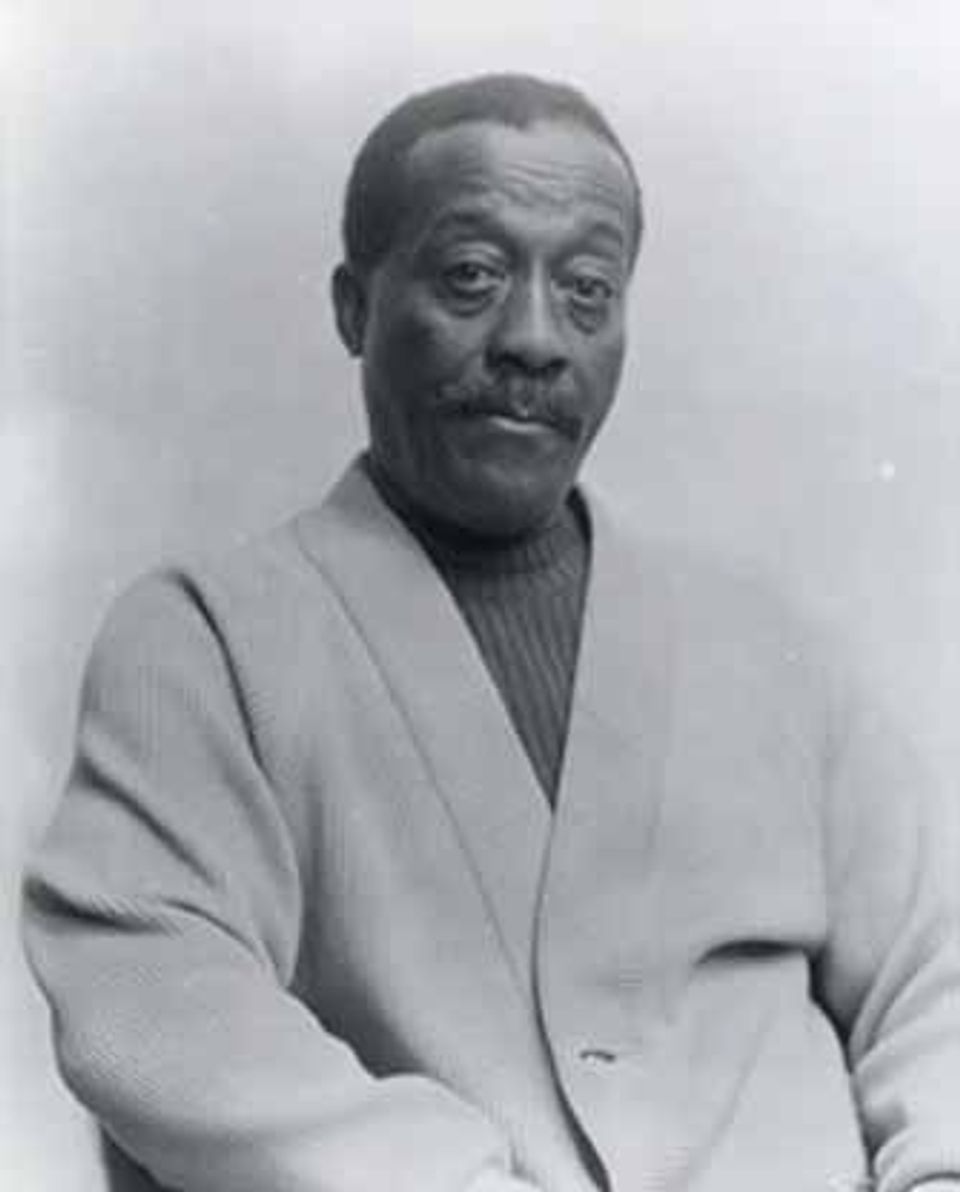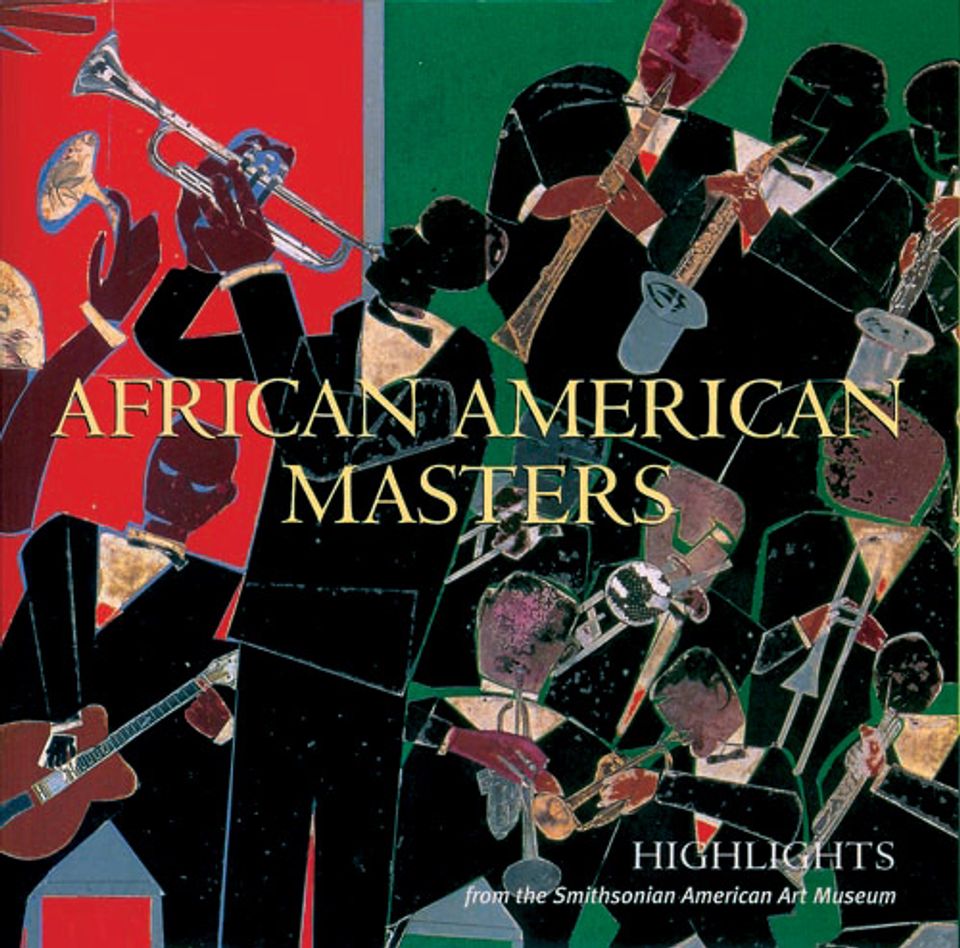Norman Lewis

- Also known as
- Norman Wilfred Lewis
- Biography
New York-born Lewis began his career during the 1930s as a social realist. He shifted from an overtly figural style, depicting bread lines, evictions, and police brutality, to non-objective abstraction in the 1950s, but remained active and consciously aware of social inequities, particularly those faced by African Americans.
Gwen Everett African American Masters: Highlights from the Smithsonian American Art Museum (Washington, D.C. and New York: Smithsonian American Art Museum in association with Harry N. Abrams, Inc., 2003)
- Artist Biography
During the mid-1940s New York painter Norman Lewis abandoned the social realist style that he had pursued for more than a decade, having decided that painting "an illustrative statement that merely mirrors some of the social conditions" was not an effective agent for change. Around 1946 he began exploring an overall, gestural approach to abstraction, establishing himself as the only African American among the first generation of Abstract Expressionist artists.
Inspired by sources as diverse as music, nature, Chinese, Japanese, and African art, and modern painters from Wassily Kandinsky to Mark Tobey, Lewis freely experimented with varying approaches to abstraction. Although representational associations had diminished as his point of departure by the early 1960s, his mature works such as Evening Rendezvous [SAAM, 1994.32] nonetheless combine a haunting sense of figurative presence and the immaterial. Here, a rhythmic tracery of lines, blurred and skittering, hints at standing and mounted figures moving processionally through a dusky mist of refined yet sensuous layers of color.
Beneath the formal elegance of Evening Rendezvous, however, runs the subtle inflection of Lewis's lifelong political activism and humanitarian concerns. One of several paintings inspired by the Ku Klux Klan, the work alludes to the organization's clandestine activities. During the 1960s and 1970s, Lewis continued to explore his response to the issues and events of the Civil Rights movement in a group of black-and-white abstractions that evolved from his powerful Klan-related paintings. Now the subject of reappraisal, Lewis's works establish the degree to which his poetic sensibility and social consciousness informed his improvisational synthesis of gesture, line, and color.
Lynda Roscoe Hartigan African-American Art: 19th and 20th-Century Selections (brochure. Washington, D.C.: National Museum of American Art)














